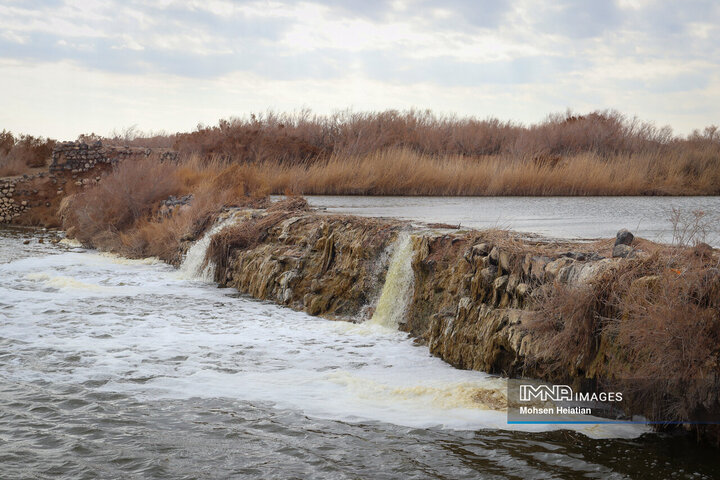Iran (IMNA) - Currently, approximately 25 percent of protected areas are monitored using traditional visual systems. Alireza Najimi, a DOE official, stated that future upgrades will incorporate AI technology for more effective oversight.
In a significant move, five new protected areas totaling 230,000 hectares have been established, bringing the total protected land in Iran to 19.5 million hectares. This expansion now accounts for 11.8 percent of the country's total land area, according to reports from IRNA.
The history of protected areas in Iran dates back to 1967 when the establishment of two national parks and 15 protected sites was approved. By 1976, the number of protected areas had grown to over 65, covering 6.7 million hectares. Today, this figure has surged to more than 300 areas.
The newly designated sites include:
Gavkhoni Wetland: Approximately 63,000 hectares aimed at preserving vegetation and safeguarding wetland wildlife.
Kalate and Tang-e Sorkh: Located in Fars province, this area spans about 11,000 hectares and focuses on protecting diverse vegetation and wildlife.
Padena: A 30,000-hectare area in Semirom, Isfahan province, enhancing conservation efforts for Dena National Park.
Kalate Desert: Covering about 126,000 hectares in eastern Isfahan, it is home to valuable species such as rams and gazelles.
Sheikh Mohammadlu: A national natural monument in Ardabil province, this area encompasses about 200 hectares and features fossil trees from prehistoric times.
With these developments, the DOE aims to bolster biodiversity conservation efforts across Iran while integrating advanced technology into environmental management strategies.


Your Comment